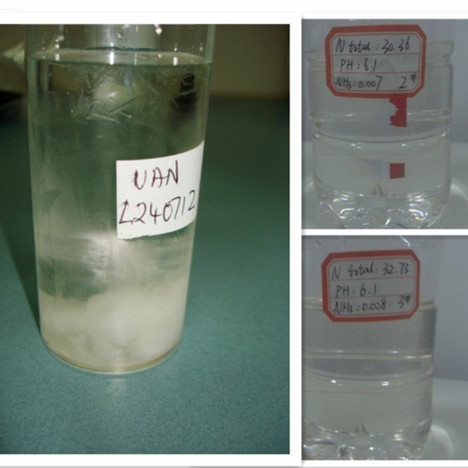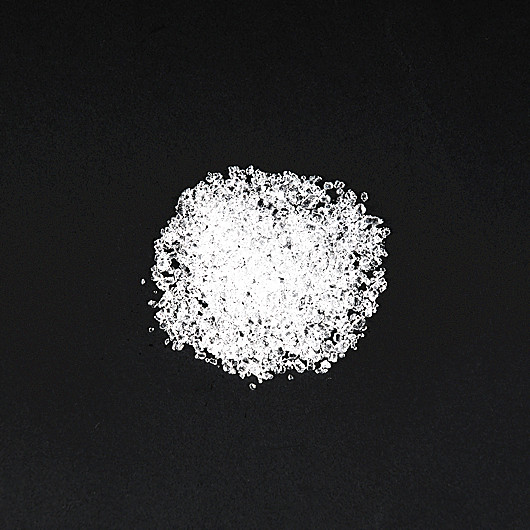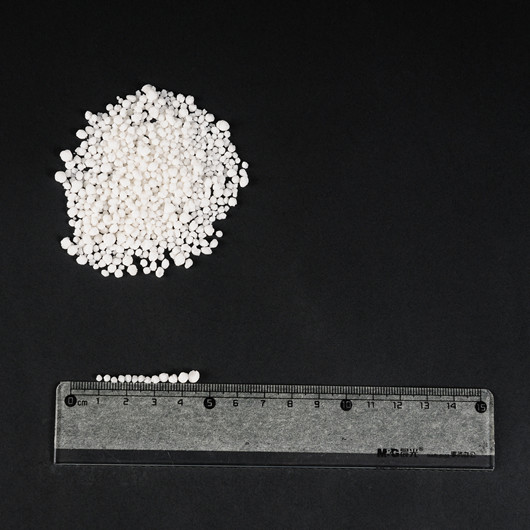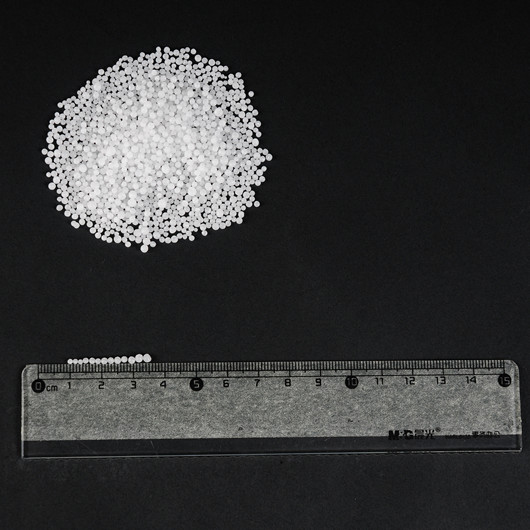Health and safety data are shown on the material safety data sheets available from suppliers and found on the internet.
Heating or any ignition source may cause violent combustion or explosion. Ammonium nitrate reacts with combustible and reducing materials as it is a strong oxidant. Although it is mainly used for fertilizer, it can be used for explosives. It was sometimes used to blast away earth to make farm ponds. Ammonium nitrate is also used to modify the detonation rate of other explosives, such as ammonia-based dynamites, for example nitroglycerin and amatol.
Numerous safety guidelines are available for storing and handling ammonium nitrate. It should not be stored near combustible substances or certain fertilizers, especially urea.
Ammonium nitrate has a critical relative humidity of 59.4%, above which it will absorb moisture from the atmosphere. Therefore, it is important to store ammonium nitrate in a tightly sealed container. Otherwise, it can coalesce into a large, solid mass. Ammonium nitrate can absorb enough moisture to liquefy.
The potential for use of the material as an explosive has prompted regulatory measures. For example in Australia, the Dangerous Goods Regulations came into effect in August 2005 to enforce licensing in dealing with such substances. Licenses are granted only to applicants (industry) with appropriate security measures in place to prevent any misuse. Additional uses such as education and research purposes may also be considered, but individual use will not. Employees of those with licenses to deal with the substance are still required to be supervised by authorized personnel and are required to pass a security and national police check before a license may be granted.



